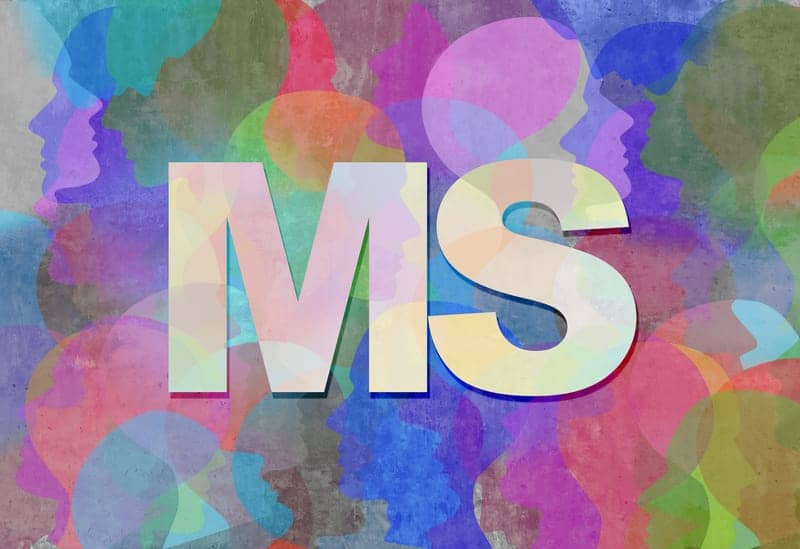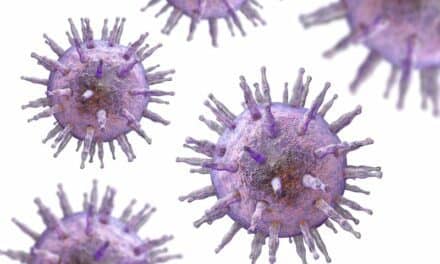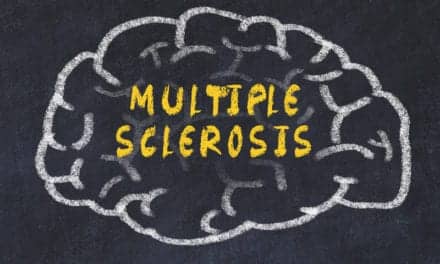Previous research has suggested that a subset of astrocytes—star-shaped cells in the brain and spinal cord—may be responsible for multiple sclerosis (MS), a disease in which the immune system attacks the covering that protects nerves. But finding these rare cells is no easy task—to pinpoint them, investigators need to identify unique surface markers that can distinguish these culprit cells from others. Single-cell RNA sequencing can help find them, even in the absence of distinguishing surface marker, but this technique can become extremely expensive.
To address this problem, a team led by investigators from Brigham and Women’s Hospital, a founding member of the Mass General Brigham healthcare system, developed FIND-seq, which combines nucleic acid cytometry, microfluidics, and droplet sorting to isolate and analyze rare cells of interest in multiple sclerosis based on the expression of mRNA biomarkers detected by digital droplet PCR. Using this method, the team analyzed in great detail a population of astrocytes that drives central nervous system inflammation and neurodegeneration.
When used in combination with other tools, FIND-seq identified signaling pathways controlled by the mineralocorticoid receptor NR3C2 and the nuclear receptor corepressor 2 that play important roles in the development of pathogenic astrocytes in mice and humans. In another study, researchers used FIND-seq to identify mechanisms used by HIV to “hide” in immune cells in patients treated with anti-retroviral therapies.
“These findings identify novel targets for therapeutic intervention in neurologic diseases such as MS,” said corresponding author Francisco Quintana, PhD, of the BWH Department of Neurology. The team is working to develop novel small molecules which could be used to target this pathway therapeutically.
Their study appears in Nature.
[Source(s): Brigham and Women’s Hospital, EurekAlert]





